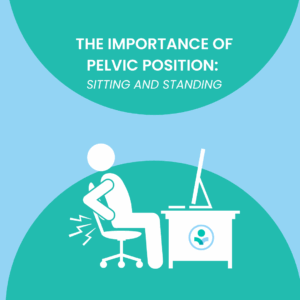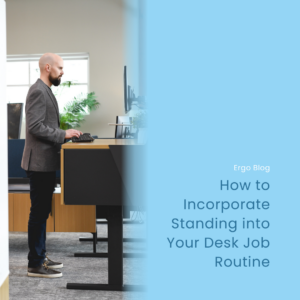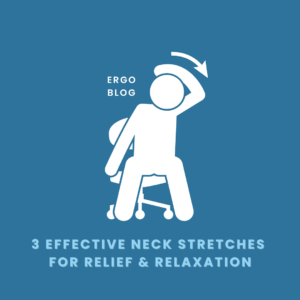Updated: Jul 6, 2023
How to Add More Lumbar Back Support to Office Chairs
Sitting in an office chair for extended periods of time can cause strain and discomfort, particularly in the lower back. This is especially true if you’re sitting in an office chair that doesn’t provide adequate lumbar back support and are seated for long periods of time. Having adequate lumbar support is essential for maintaining good posture and reducing the risk of back pain. Fortunately, there are a few simple and affordable ways to add more lumbar back support to office chairs.
1. Use a Lumbar Support Cushion
One of the easiest ways to add more lumbar support to an office chair is to use a low-profile lumbar support cushion. These cushions are designed to fit snugly against the lower back while providing support and comfort to the upper back as well. They come in a variety of shapes and sizes, and some are even adjustable to ensure a perfect fit. Lumbar support cushions are available at some office supply stores and more options can be found at online retailers.
2. Adjust the Chair’s Height and Tilt
Another way to improve lumbar support is by adjusting the height and tilt of the chair. Ideally, the chair should be adjusted so that the feet are flat on the floor, the knees are at a 90-100-degree angle, and the hips are level with or slightly higher than the knees. The backrest should also be tilted slightly backward so that the back is supported without being forced into a slouched position. Adjusting the chair’s height and tilt may take a bit of trial and error, but it can greatly improve comfort and reduce strain on the lower back.
3. Add a Rolled Towel or Pillow
If a lumbar support cushion is not available, a rolled towel or small pillow can be used as a temporary solution. Simply roll up a towel or fold a small pillow and place it behind the lower back while sitting in the chair. This will provide additional support and can help alleviate discomfort. However, it is important to note that this is not a long-term solution, as towels and pillows can shift or lose their shape over time.
4. Take Regular Breaks and Stretch
Sitting for long periods of time can be hard on your body, no matter how good your office chair is. To reduce the strain on your lower back, take regular breaks to stand up, stretch, and move around. Try to get up from your chair at least once an hour, even if it’s just to walk around for a few minutes. This will help prevent stiffness and reduce the risk of developing back pain.
5. Invest in an Ergonomic Chair
For those who spend a significant amount of time sitting in an office chair, investing in an ergonomic chair may be the best solution. Ergonomic chairs are designed with the human body in mind and typically offer adjustable lumbar support, as well as other features such as adjustable armrests and seat height. While ergonomic chairs can be more expensive than traditional office chairs, they are often worth the investment in terms of increased comfort and reduced risk of back pain.
6. Consider a Standing Desk
If you’re really committed to improving your posture and reducing back pain, consider investing in a standing desk. Standing desks allow you to work in a standing position, which can help improve your posture and reduce the pressure on your lower back. Just be sure not to stand too long as this is a strenuous task for your body. Establishing a goal of standing 5-15 minutes per hour is a good starting point.
In conclusion, adding more lumbar support to an office chair can greatly improve comfort and reduce the risk of back pain. Whether using a lumbar support cushion, adjusting the chair’s height and tilt, adding a rolled towel or pillow, taking regular breaks and stretching, or investing in an ergonomic chair and a standing desk, there are a variety of solutions available to fit any budget or preference. By taking steps to improve lumbar support, you can make your workday more comfortable and productive!
Check out our YouTube video below for a visual representation of the blog!



